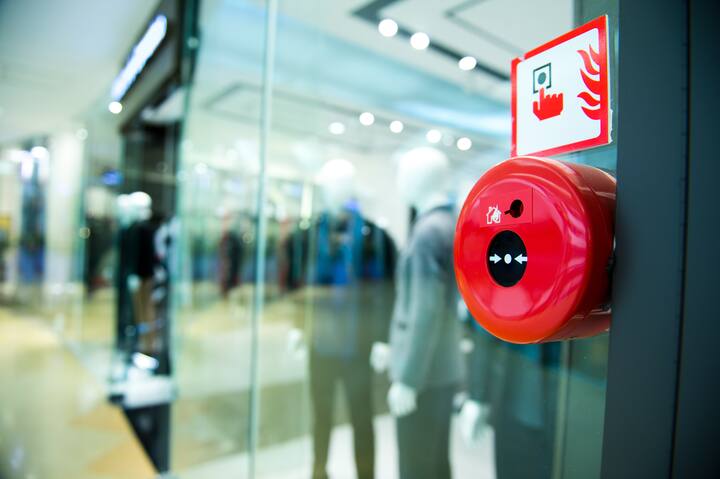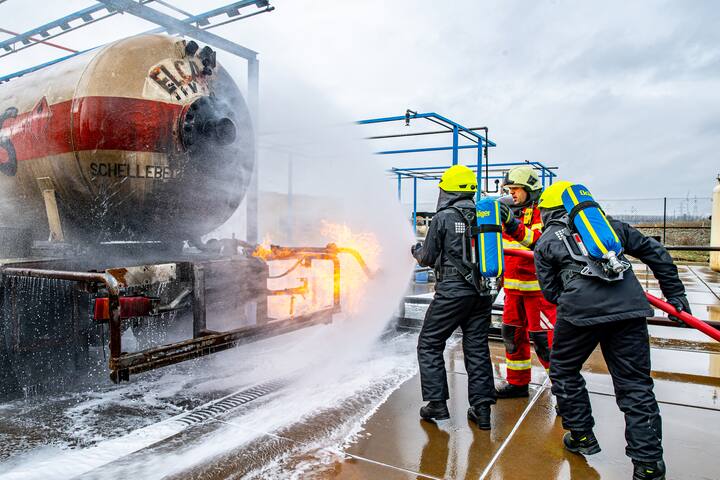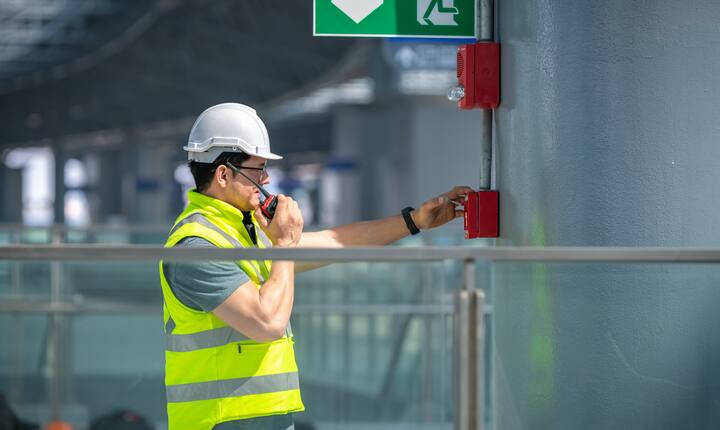
BLOG
A Fire Detection System: The Silent Hero of Fire Safety
20 march 2024
What Is a Fire Detection System
Did you know that a powerful fire detection system is the silent hero in protecting lives and property? With properly functioning fire alarm systems, quick responses are possible, helping to combat or even prevent potential disasters.
Key Components of a Fire Detection System
Smoke Detectors & Sensors: Designed to detect changes in air quality and warn of the presence of smoke or fire.
Manual Call Points: Allow individuals to report fires immediately with the simple push of a button.
Heat Detectors: Identify temperature rises that may indicate a fire.
Fire Alarm Control Panels: The central unit that processes signals and initiates appropriate actions.
Signal Devices: Sirens or flashing lights ensure everyone is alerted to the situation.
Control Systems: Doors, elevators, smoke barriers, roof vents, and overpressure ventilation are among the systems that can be controlled by the fire detection system to prevent smoke spread or reduce risks.
How Does a Fire Detection System Work?
When a fire alarm is triggered, the system quickly communicates with the control panel, which analyzes the signals and takes necessary actions—activating alarms and notifying emergency services. Modern systems go even further than detection, integrating with sprinkler systems to automatically activate firefighting measures.
When Is an Inspection Required?
Whether in public buildings, offices, or industrial spaces, these systems are indispensable protectors that minimize fire damage and contribute to the overall safety of occupants. You don’t want to imagine these systems failing when they’re really needed.
According to the Building Environment Decree (Besluit Bouwwerken Leefomgeving - Bbl), certain buildings are required to have fire detection systems certified according to the inspection scheme of the CCV (Dutch Certification Body). These specific buildings are clearly listed in an annex of the Bbl. However, it is also possible to have an inspection performed voluntarily—for example, to ensure the proper functioning and status of your fire detection system or as a second opinion.
During inspections, fire detection systems are evaluated to verify whether they meet the set objectives as outlined in the basic design (such as the Program of Requirements). The installation and associated systems are tested, but structural provisions and organizational aspects are also reviewed, such as the management of the installation, actual use of the building, and the emergency response organization (BHV). The specific inspection points can be found in the CCV inspection scheme. Based on the inspection, an inspection report is prepared
Gerelateerde artikelen

6 Apr 2025
Fire station destroyed due to missing fire alarm
In the German town of Stadtallendorf, a fire station was completely destroyed by a fire. The blaze spread unchecked because part of the station—only opened in January—had no sprinkler system or fire alarm. The damage is estimated at a minimum of 20 million euros.
The fire broke out shortly after 4:00 a.m. One of the vehicles may have caught fire, according to regional broadcaster Hessenschau. Local authorities confirmed that no fire detectors or sprinklers were present in the part of the station where the fire started.

6 Apr 2025
Technical Bulletin 64-2024 on Foam Concentrate Proportioning Systems

6 Apr 2025
Euralarm publishes new guideline for gaseous fire suppression systems in data centers

15 Dec 2024
Non-sprinklered space intended for temporary use

2 Apr 2025
Importance of sprinkler systems highlighted by battery fire in Tilburg
More about Normec FSS

Normec FSS
's-Hertogenbosch Netherlands